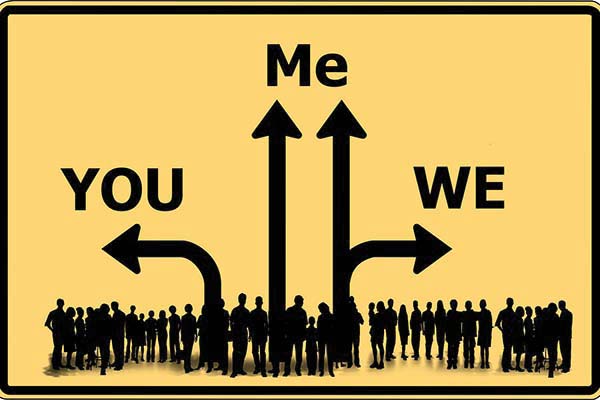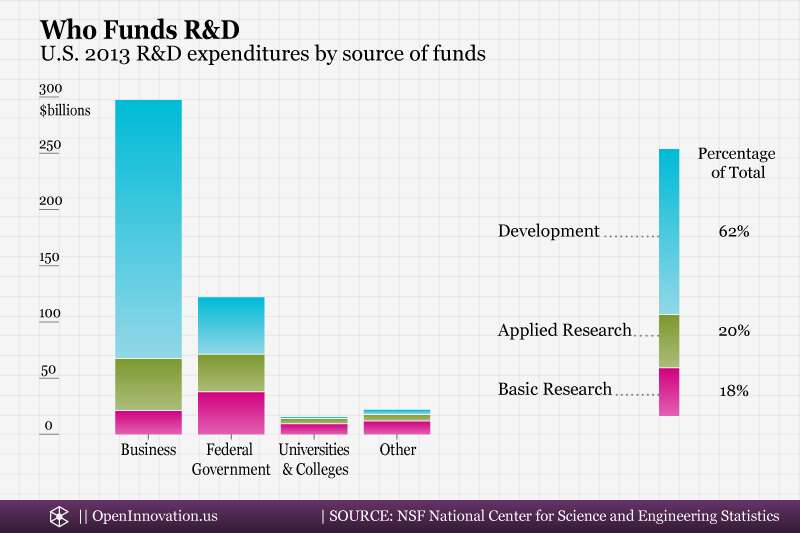
Will Open Patent Licensing Change How Software Companies Use Patents?
By Nadia Carlsten | On November 11, 2015
Last week Mozilla announced it will start using the Mozilla Open Software Patent License (MOSPL), a new way to protect software that aims to balance the benefits of patents with the philosophy of open source. Mozilla has been vocal about the challenges that the current patent system creates for software development, including the need for enhanced quality in software patents. As part of its new Open Software Patent Initiative,1 Mozilla will be obtaining patents for the purpose of making them available under a royalty-free, non-exclusive license, to anyone promising to forgo using their own patents offensively, and willing to license them royalty-free to others.
This comes on the heels of interesting debates about how to think about patents if the goal is to be more “open”. Negative sentiments against patents are especially strong in certain software developer communities, where many advocate for eschewing patents entirely, under the view that they limit competition and restrict innovation. This perception is not entirely unfounded, at a time where patent litigation over new technologies seems to have become a business reality. Other concerns include the rise of patent assertion entities, and dominant market players using patents to quash promising startups.
While the question of whether software should be patentable subject matter in the first place is not likely to be resolved anytime soon, there is no question that low quality, overly broad software patents create uncertainties for developers, and can retard innovation in certain areas. Some who argue against software patents also reject the theory that the monopoly provided by the patent is a necessary incentive to innovate. In cases where the inventor has no desire to maintain a monopolistic position and prevent competitors from using the work, the exclusivity of the rights afforded by the patents, rather than an advantage, can become a barrier to sharing openly and innovating freely.
Even those that have objections to patents however, might find it necessary to “opt-in” to the patent system. Companies that have no intention to assert or benefit from patents in the traditional ways obtain them for various reasons, including to:
- Demonstrate the novelty of their technology to others. Smaller companies can use patents to get recognition in the field that they are entering. While a patent offers no guarantees, it still carries weight in most industries. For startups looking for venture capital especially, patents might be needed to attract financing.
- Incentivize other companies to participate in open-licensing. Mozilla for example, learned that “without related patents of our own, it was extremely difficult to persuade companies (particularly large ones) to openly license their patents or adopt standards based on our developed technology”.1
- Create prior art. One way to prevent broad, low quality patents from issuing (and potentially being used by a Patent Assertion Entity (PAE) or others attempting to hinder development) is to undermine their novelty. While there are other ways to create prior art, including defensive publication strategies, patents are the best kind of prior art because they are the first thing that patent examiners search for.
- Deter others from litigation. Many companies find it is wise to maintain large patent portfolios to protect themselves against lawsuits. Under the “mutually assured destruction” strategy, since the patent portfolio can be asserted in a countersuit against a company trying to sue you, the likely result is a détente where no one has enough to gain, and both sides have too much to lose from litigation.
The latter two defensive patent strategies are especially popular, though not necessarily effective for everyone. First, everything about patents is expensive. Obtaining patents is too costly for many startups with limited funding; enforcing them is even more so. In addition to the high price tags involved, successful defensive strategies require access to resources that individual developers or smaller companies don’t typically have, including patent attorneys, litigation threat analysts, and IP portfolio managers. How effective the strategy is as a deterrent to litigation is also highly dependent on the size and scope of the defensive patent portfolio, as well as who the likely opponent will be. In particular, defensive patenting is not an effective strategy against patent trolls: since they do not practice any patents, there will always be an asymmetry in leverage that is in their favor.
For those interested in using patents as part of an open source model, there are additional concerns. Foremost is that a patent is an asset, and as such can be transferred from its original owner to other entities for various reasons, and with no guarantees as to how the new owner will use it. Patents that were obtained for defensive purposes can become “weaponized”, and used in a way that is not consistent with their original purpose. Some programmers have detailed experiences of their patents being used offensively after changes in company management or business strategy.2 Also, in cases where an “open” company goes bankrupt or has to sell the business, its defensive portfolio can be acquired for use as a weapon against others rather than as a shield.
Since companies that are involved in open source value openness and freedom, they can also find that patenting, even for defensive purposes, inhibits collaboration. As Mozilla noted, patents can create an environment that makes it more challenging for those looking to “adopt or innovate upon a patented work”. Because the rights afforded by the patents are exclusive, the patent holder must grant a permission through a license in order to let someone practice the patents. However, licensing a patent widely enough to encourage open use of the technology patented can be a challenging task.
Open licensing models are a good start to address some of the limitations of defensive patenting. Some open source licenses, including the GNU, already require users to enter into reciprocal patent agreements. The Mozilla new MOSPL license requires a guarantee not to use patents offensively. Other proposed new licenses go a step further and directly address the concern of possible use of defensive patents by PAEs. The Defensive Patent License, in addition to requiring a commitment from users to use patents for defensive reasons only, attaches royalty-free licenses to patents so that they cannot be used against DPL users. Another licensing arrangement, used by companies like Dropbox, Google and SAP, is the License on Transfer Network. When a patent is transferred to an entity outside of the LOT network, the event triggers a license to everyone in the network, making the patent virtually worthless to a PAE.
Companies sometimes struggle with how to reconcile being open with patenting their innovations. Under the current patent system, licensing is the best way to achieve that balance. Open licenses can minimize the risk of a defensive patent ever being used offensively, while lowering the barriers to utilization of the patented technology by real innovators. Through open licensing, patents can become a fundamental part of the business strategy and facilitate thriving ecosystems of innovators around your technology.
Notes
- Mozilla’s goal for this initiative is to create opportunities for Open Innovation. To learn more about their Internet policy initiatives, check out the Mozilla blog.^
- Baio, Andy. “A Patent Lie: How Yahoo Weaponized My Work.” Wired 13 Mar. 2012.^







